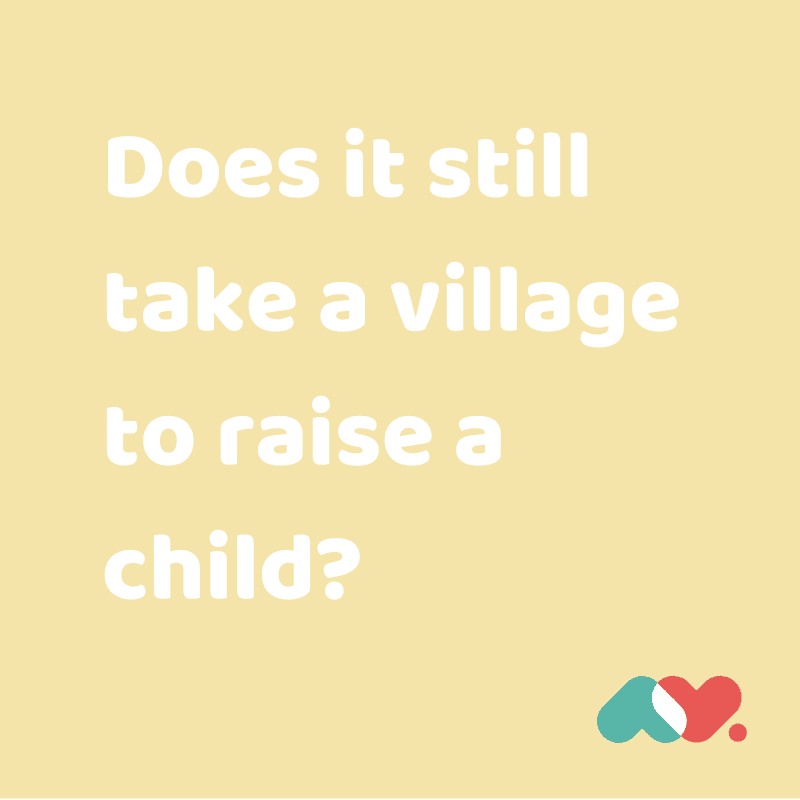
Empathy vs. Sympathy: knowing the difference

Carina Gallegos is our Support Angel and Customer Love Manager at Support Crew.
Carina looks at the difference between empathy and sympathy, and the value of one over the other, and how we can use empathy as a powerful tool for support.
Empathy vs. Sympathy: knowing the difference and why it matters
In the intricate dance of human emotions, empathy and sympathy often intertwine, their distinctions subtle but crucial. Understanding the nuances between these two emotional responses is not merely an exercise in semantics; it’s a guide to more meaningful connections and effective support for our loved ones. Let’s delve into the realms of empathy and sympathy, explore their differences, and uncover why empathy emerges as the more powerful tool for navigating the intricate landscapes of human experience.
Empathy: A shared journey of understanding
Empathy transcends mere acknowledgment of another’s emotions; it’s an immersive journey into their feelings. It involves the ability to step into someone else’s shoes, to feel what they feel, and to comprehend their world on a deeper level. When we empathise, we not only recognise the emotional state of another but share in that state, fostering the potential for a profound connection.
Why and how people confuse it:
Empathy, with its depth of emotional involvement, is often confused when people express concern or care without fully immersing themselves in the other person’s emotional experience. The subtlety lies in the level of shared emotional journey.
Sympathy: compassion from afar
Sympathy, while compassionate, maintains a degree of emotional distance. It involves acknowledging another person’s pain without necessarily sharing in that pain. Sympathy expresses care and concern, offering support and comfort, but without the same depth of emotional immersion that defines empathy.
Why and how people confuse it:
The confusion between empathy and sympathy arises when genuine desires to comfort someone are expressed, leading individuals to believe they are fully empathetic. The distinction lies in whether you are sharing the emotional experience or observing it from a compassionate distance.
Key differences: imagining vs. observing, sharing vs. witnessing
- Imagination vs. observation: empathy requires active imagination – the ability to mentally place oneself in another’s situation. Sympathy, in contrast, relies more on observation and a genuine desire to alleviate suffering.
- Shared experience vs. compassionate distance: empathy often involves a shared experience. When empathetic, one has likely been through something similar, establishing a profound connection. Sympathy, while comforting, may not create the same level of connection.
- Connection through understanding: empathy creates a deep connection through understanding. Feeling truly heard and seen fosters a sense of belonging. Sympathy, while compassionate, might not establish the same level of connection.
How people confuse it:
The confusion often arises when people believe acknowledging someone’s emotions is synonymous with fully understanding and sharing those emotions. The nuances of emotional connection can be overlooked, leading to the interchangeable use of empathy and sympathy.
Why people tend to confuse empathy with sympathy
- Cultural norms: in certain cultures, expressions of sympathy are more prevalent, and the finer distinction of empathy might be blurred. Cultural contexts can contribute to the interchangeable use of the terms.
- Lack of emotional literacy: not everyone has developed a high level of emotional literacy. The ability to discern and articulate the nuances between empathy and sympathy requires a certain level of emotional intelligence.
Empathy: the more powerful tool for support
- Validation of feelings: empathy validates a person’s feelings by acknowledging and sharing in their emotional experience. This validation fosters trust and openness, creating a safe space for emotional expression.
- Building deeper connections: empathy builds deeper connections because it involves a genuine effort to understand and connect on an emotional level. This connection goes beyond shared experiences and extends to a shared emotional landscape.
- Encourages open communication: when empathy is present, individuals feel more comfortable expressing their emotions. It encourages open communication, allowing for a more authentic and supportive relationship.
- Facilitates healing: empathy is a powerful tool for healing. Knowing that someone understands your pain can be immensely comforting, and the shared emotional experience can contribute to the healing process.
How empathy Is more powerful:
Empathy’s power lies in its ability to create a shared emotional space where individuals feel understood, heard, and supported. It transcends the boundaries of language and cultural norms, fostering connections that are deeper and more resilient.
Real-life examples of incorporating empathy in support
Certainly, demonstrating empathy when someone is unwell involves understanding, compassion, and thoughtful actions. Here are some real-life examples of how to be empathetic in such situations:
- Active listening:
Example: Your friend has been diagnosed with a chronic illness. Instead of immediately offering advice, you sit down with them, ask open-ended questions, and actively listen to their concerns. You provide a safe space for them to express their emotions without judgment.
- Offering practical support:
Example: A colleague is recovering from surgery and finds it challenging to manage daily tasks. You offer to bring groceries, prepare meals, or run errands for them. Your practical assistance lessens their burden and shows that you understand their needs.
- Checking in regularly:
Example: Your family member is going through a prolonged illness. You make an effort to check in regularly, either through calls, texts, or visits. Your consistent presence demonstrates that you care about their well-being and are available for support.
- Respecting their pace:
Example: A friend is recovering from a severe illness, and you respect their need for solitude. Instead of insisting on frequent visits, you send a heartfelt message expressing your support and let them decide when they’re ready for social interactions.
- Educating yourself:
Example: Your sibling has been diagnosed with a rare medical condition. You take the initiative to educate yourself about their condition, treatments, and potential challenges. This not only shows your commitment but also allows you to offer informed and relevant support.
- Sending thoughtful gestures:
Example: Your colleague is going through chemotherapy. You send them a care package with items like comfortable clothing, a cozy blanket, and a book or magazine. Your thoughtful gesture acknowledges their struggle and brings a bit of comfort to their difficult journey.
- Being flexible and adaptable:
Example: Your partner is dealing with a fluctuating health condition. Instead of rigidly sticking to plans, you adapt to their needs. You understand that some days may be better than others, and you adjust your activities accordingly to ensure their comfort.
- Expressing empathy through words:
Example: A neighbour is recovering from surgery, and you send them a heartfelt card. In it, you express not only your sympathy for their current situation but also your confidence in their strength to overcome the challenges ahead. Your words convey both empathy and encouragement.
- Attending medical appointments together:
Example: Your elderly parent is facing health issues, and attending medical appointments can be overwhelming for them. You offer to accompany them to appointments, take notes, and ensure they feel supported and understood during discussions with healthcare professionals.
- Creating a supportive environment:
Example: Your friend is dealing with a mental health issue. Instead of treating it as a taboo subject, you create an open and supportive environment. You let them know that you’re there to listen without judgment, and you encourage seeking professional help when needed.
Remember, empathy is about understanding and responding to someone’s emotions with care. Tailor your actions to the individual’s preferences and needs, and always respect their autonomy and choices.
To wrap up
In the delicate dance of human relationships, empathy emerges as the more nuanced and powerful partner. While sympathy expresses care and concern, empathy goes a step further by immersing us in the emotional world of others. Understanding the difference between empathy and sympathy is not just an academic exercise; it’s a practical guide to offering genuine support. As we navigate the complexities of human emotion, let us strive to be empathetic listeners, creating spaces where emotions are not just acknowledged but truly shared




